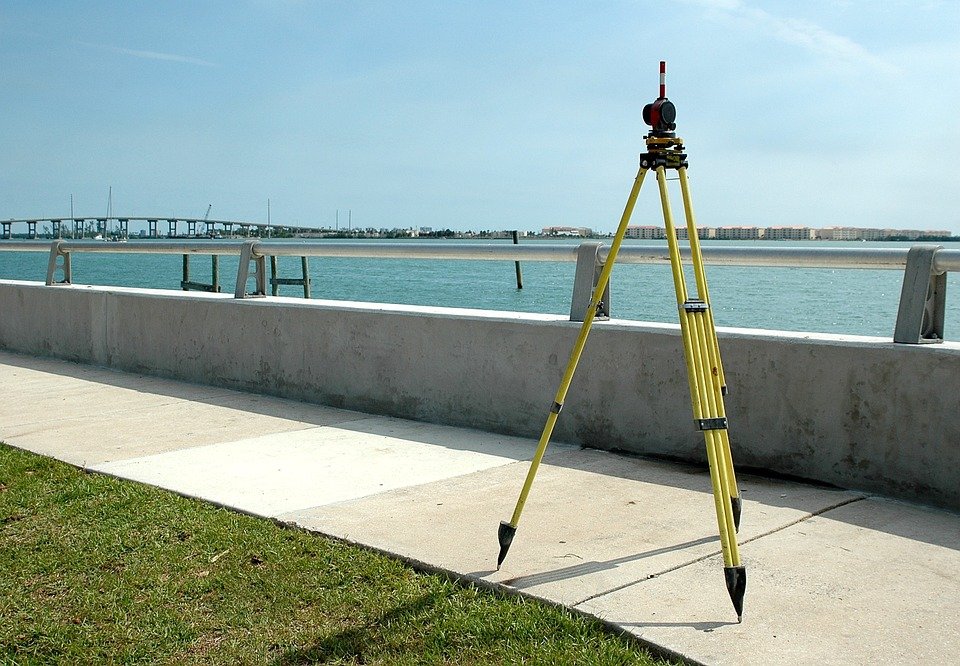[ad_1]
Understanding Land Legal Descriptions: An Overview
A legal description of land is a document that outlines the boundaries of a parcel of real estate. It is used in real estate transactions to identify the exact location of a property. Legal descriptions are typically written in a specialized language that is specific to the jurisdiction in which the property is located. Understanding this language is essential for anyone involved in a real estate transaction.
What Does a Legal Description Include?
A legal description of land typically includes the following information:
- The name of the owner of the land
- The legal address of the property
- The boundaries of the parcel, including a description of any physical features such as rivers, roads, and mountains
- The dimensions of the parcel
- The zoning of the parcel, if applicable
- Any restrictions or covenants that apply to the property
Types of Legal Descriptions
There are two primary types of legal descriptions: metes and bounds and plat descriptions.
Metes and Bounds
A metes and bounds description is a survey-based description that uses physical landmarks, such as rivers, roads, and mountains, to delineate property boundaries. In a metes and bounds description, the boundaries are typically described in a clockwise or counter-clockwise direction, starting from a point of beginning.
Plat Descriptions
A plat description is a map-based description of a parcel of land. It is typically used in areas that have been subdivided and plotted, such as residential neighborhoods and commercial developments. In a plat description, the boundaries of the parcel are usually marked by lot lines that are drawn on a map.
How to Read a Legal Description
Reading a legal description can be difficult for people who are not familiar with the language used in legal documents. However, there are some basic tips that can be used to make the process easier.
- Start by reading the document from beginning to end and take notes as you go.
- Pay close attention to the language used and try to identify any unfamiliar terms.
- Look for any references to physical features or lot lines that relate to the property.
- If the legal description includes a plat map, use it to help locate the boundaries of the property.
Conclusion
Understanding land legal descriptions is essential for anyone involved in a real estate transaction. Legal descriptions provide information about the boundaries of a parcel of land and include details about the owner, the zoning, and any restrictions or covenants that apply to the property. There are two primary types of legal descriptions: metes and bounds and plat descriptions. It is important to read a legal description carefully and take notes as you go, paying close attention to the language used and any references to physical features or lot lines.
[ad_2]


